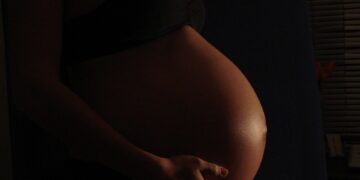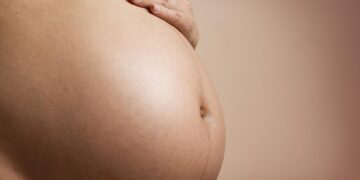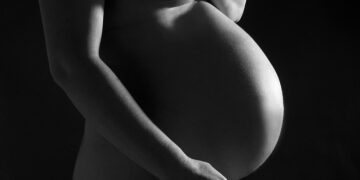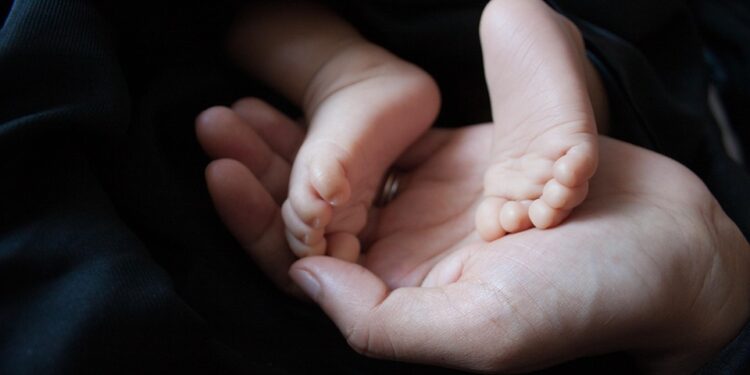Spotting the Signs: Understanding Newborn Jaundice Symptoms
One of the most common conditions that affect newborn babies is jaundice. Jaundice is a condition where the skin and eyes of a newborn baby turn yellow due to high levels of bilirubin in the blood. While jaundice is usually harmless and resolves on its own, it is important for parents to be able to recognize the signs and symptoms of jaundice in newborns.
What Causes Jaundice in Newborns?
Jaundice occurs in newborns when their bodies are unable to effectively break down and eliminate bilirubin, a yellow pigment that is produced when red blood cells are broken down. In most cases, jaundice in newborns is a normal and temporary condition that occurs as their liver matures and begins to function more efficiently.
However, there are certain risk factors that can increase the likelihood of a newborn developing jaundice, such as prematurity, breastfeeding difficulties, blood type incompatibility between the mother and baby, and certain medical conditions.
Signs and Symptoms of Newborn Jaundice
It is important for parents to be able to recognize the signs and symptoms of jaundice in newborns so that they can seek appropriate medical attention if necessary. The most common symptom of jaundice is yellowing of the skin and eyes, which usually starts on the face and then spreads to the chest, abdomen, and limbs.
Other signs of jaundice in newborns may include:
- Pale stools
- Dark urine
- Irritability
- Poor feeding
- Lethargy
Diagnosing Newborn Jaundice
If a parent suspects that their newborn baby has jaundice, they should contact their healthcare provider for a proper evaluation. The healthcare provider will usually perform a physical examination and may order blood tests to measure the levels of bilirubin in the baby’s blood.
Based on the results of these tests, the healthcare provider will determine whether treatment is necessary. In most cases, newborn jaundice does not require treatment and will resolve on its own within a few days to weeks. However, in some cases, especially if the bilirubin levels are very high or continue to rise, treatment may be needed to prevent complications.
Treatment Options for Newborn Jaundice
The most common treatment for newborn jaundice is phototherapy, which involves exposing the baby’s skin to special blue lights that help to break down bilirubin in the blood. In more severe cases of jaundice, the baby may need to undergo a blood transfusion to lower their bilirubin levels.
It is important for parents to follow their healthcare provider’s recommendations for treatment and to monitor their baby’s condition closely. If a baby with jaundice is not getting better or is showing signs of dehydration or other complications, they should seek medical attention immediately.
Preventing Newborn Jaundice
While it is not always possible to prevent newborn jaundice, there are steps that parents can take to reduce the risk of their baby developing jaundice. Ensuring that the baby is feeding well and getting enough fluids, especially in the first few days of life, can help to prevent dehydration and reduce the risk of jaundice.
If a mother and baby have blood type incompatibility, the healthcare provider may recommend certain interventions, such as giving the baby a special formula or supplementing with donor breast milk, to reduce the risk of jaundice.
Conclusion
Newborn jaundice is a common condition that affects many babies in the first days and weeks of life. While jaundice is usually harmless and resolves on its own, it is important for parents to be aware of the signs and symptoms of jaundice so that they can seek appropriate medical attention if necessary.
By understanding the causes, symptoms, and treatment options for newborn jaundice, parents can help to ensure that their baby receives the care and support they need to recover and thrive. If you have any concerns about your baby’s health or well-being, do not hesitate to contact your healthcare provider for guidance and support.









































